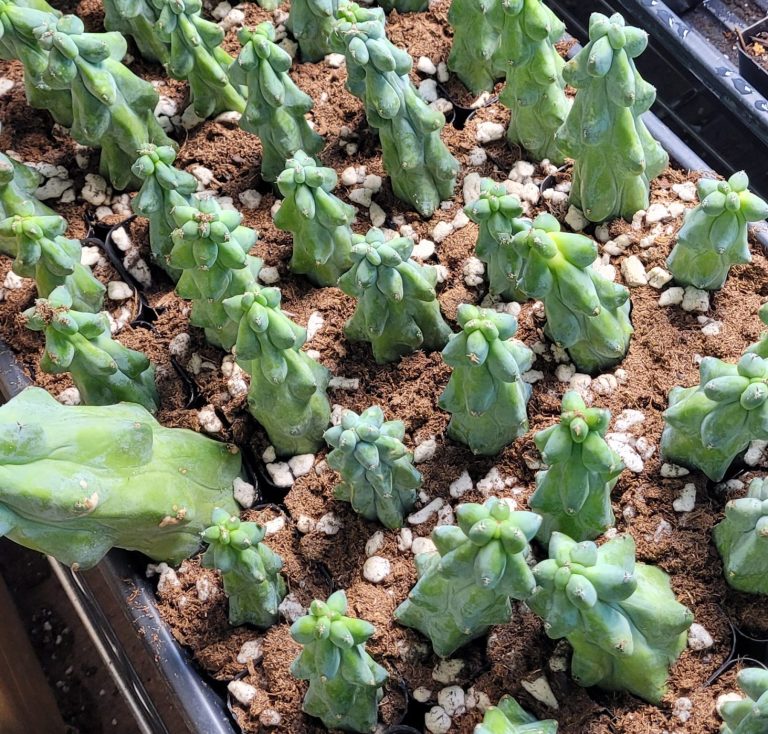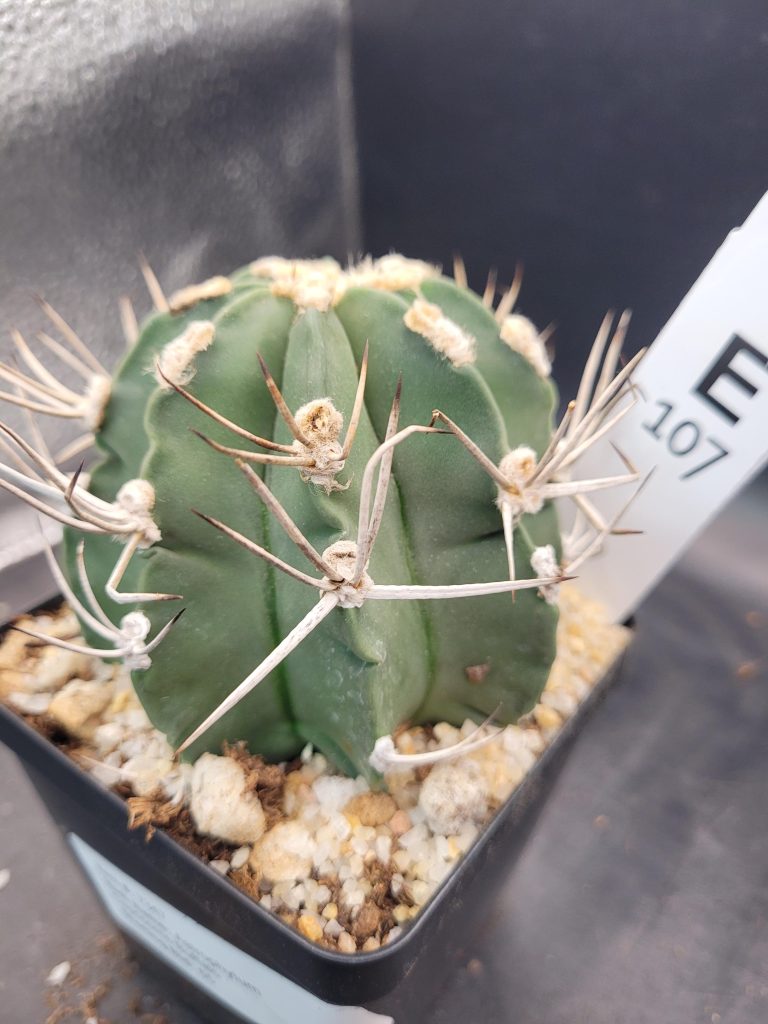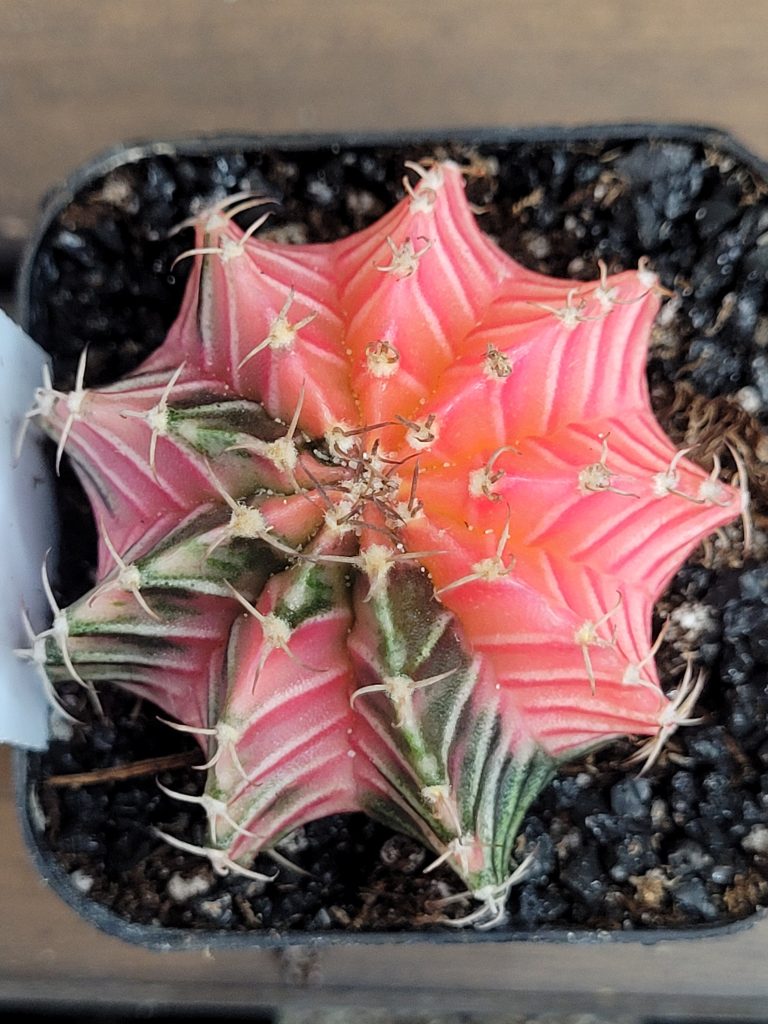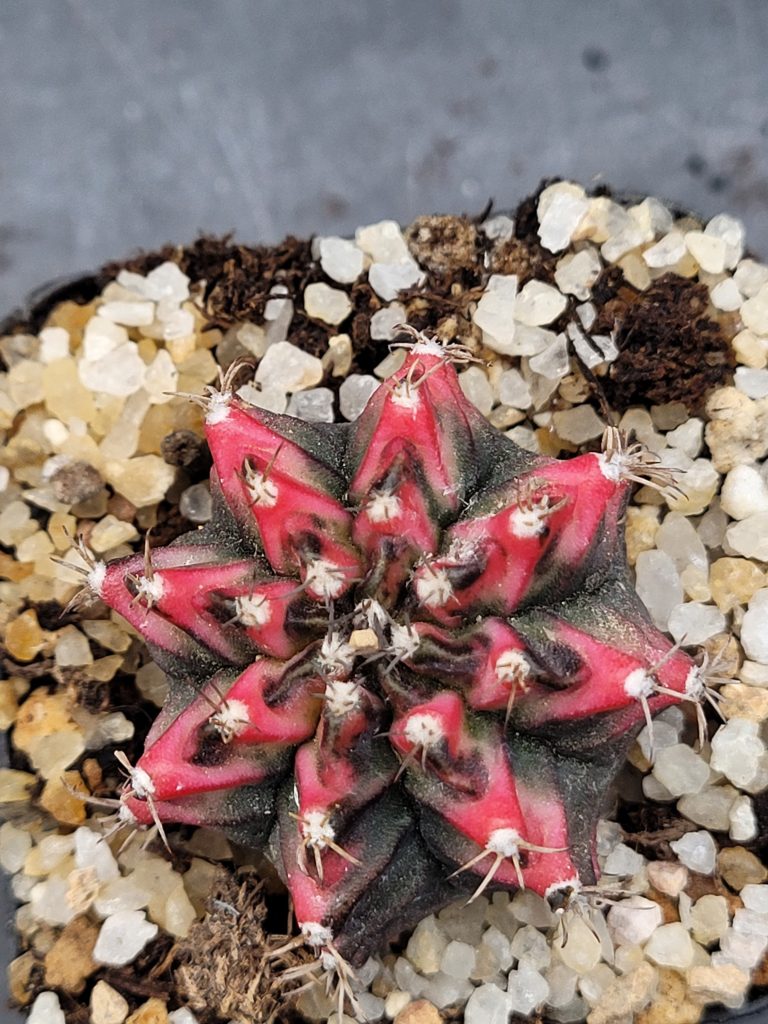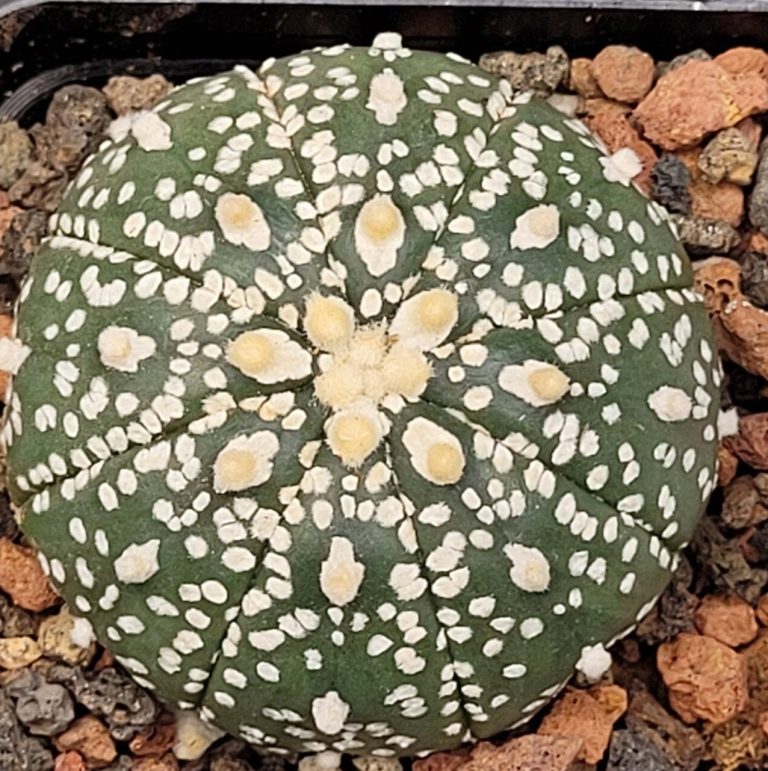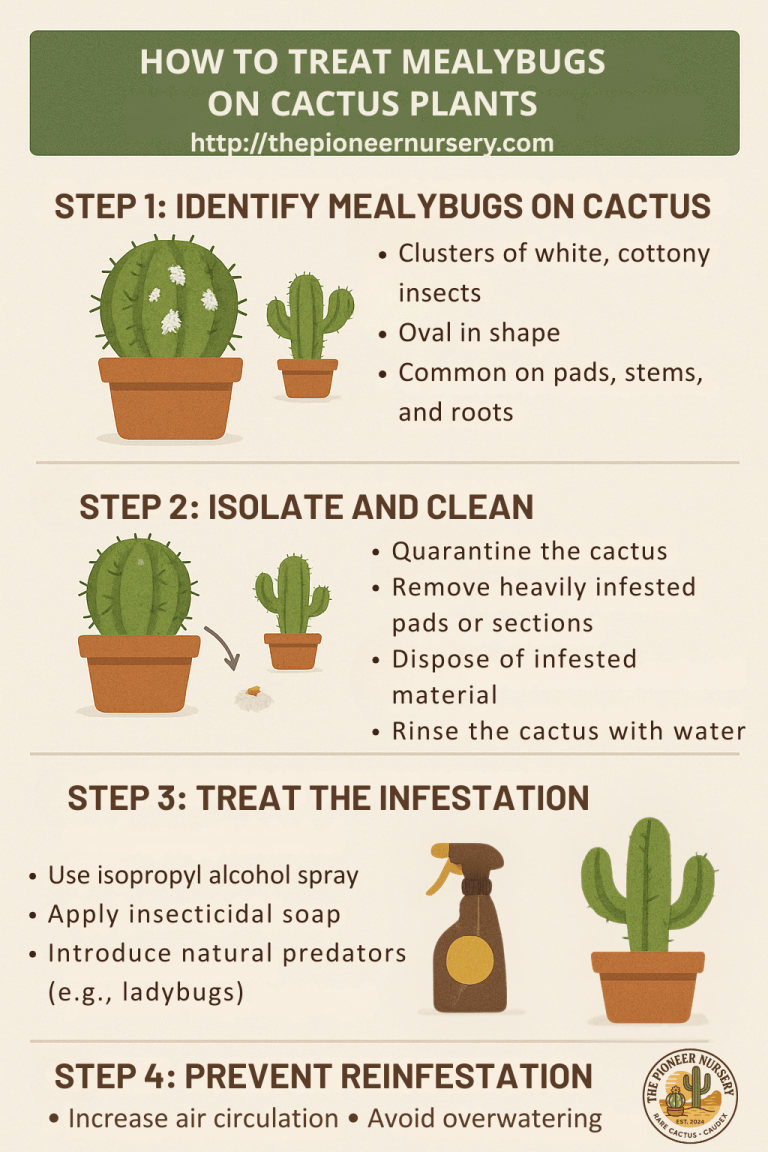If you’re looking to add a bold, sculptural accent to your cactus or succulent collection, Coryphantha Elephantidens—often called the “Elephant Tooth” cactus—may just be the perfect choice. Named for its large, rounded tubercles that bear a resemblance to elephant tusks (or teeth), this distinctive cactus stands out with a classic, dome-shaped form and potential for lovely summer blooms. In this blog post, we’ll dive into what makes Coryphantha Elephantidens unique and the best practices to keep it healthy and thriving.
Overview & Key Features
- Elephant-Like Tubercles:
The hallmark of Coryphantha Elephantidens is its series of plump, conical tubercles that ring the body. These tubercles are large and rounded compared to other Coryphantha species—hence the “elephant tooth” nickname. - Compact & Decorative:
This cactus typically grows in a single, dome-like head, making it suitable for smaller spaces such as windowsills or decorative arrangements. Over time, it may offset or cluster, but it often remains a neat specimen for easy display. - Potential Blooms:
Mature Elephant Tooth cacti can produce delightful yellow or pink blooms in late spring or early summer. The flowers often open during the daytime and last for several days, offering a pleasant burst of color atop its spined tubercles. - Low-Maintenance Nature:
Like many desert cacti, Coryphantha Elephantidens is fairly easygoing. Provide proper light, occasional watering, and warm conditions, and this plant will reward you with slow, steady growth and the occasional flower show.
Care Guide
1. Light Requirements
- Bright, Indirect Light: Position the cactus so it gets ample filtered sunlight—an east or west-facing window is often ideal. It can handle some direct sun, especially in the morning or late afternoon, but harsh midday rays might cause scorching.
- Gradual Exposure: If you plan to transition your plant outdoors in warmer months, introduce it to stronger sunlight gradually to prevent shock or sunburn.
2. Watering
- Infrequent & Thorough: During the active growing season (spring and summer), water only when the soil is fully dry—about every 2–3 weeks, depending on your environment. Give a good soak, then let excess water drain away.
- Dormant Season: In fall and winter, reduce watering to once a month or even less, allowing the cactus to rest. Too much moisture at low temperatures can cause root rot.
3. Soil & Potting
- Well-Draining Mix: A specialized cactus or succulent potting mix is essential. You can also create your own blend by combining standard potting soil with perlite or pumice and coarse sand.
- Container Choice: Terracotta or clay pots are excellent because they promote quicker soil drying. Always ensure you have drainage holes to let excess water escape.
4. Temperature & Environment
- Warm & Arid: This species prefers temperatures between 65°F and 85°F (18°C to 29°C). Avoid exposing it to frost or prolonged cold spells, as it isn’t frost-tolerant.
- Low Humidity: The Elephant Tooth cactus hails from dry environments, so standard indoor humidity levels are typically fine.
5. Fertilizing
- Light Feeding: During spring and summer, consider a monthly or bimonthly application of a balanced, diluted cactus fertilizer. This helps support growth and blooming.
- Stop in Cooler Months: Discontinue fertilization in late fall and winter, when the cactus is in a slower growth phase.
6. Repotting
- Sporadic Repotting: Coryphantha Elephantidens grows slowly and doesn’t need frequent repotting. Repot every 2–3 years or when the cactus visibly outgrows its container.
- After Repotting: Wait about a week before the first watering to allow any root damage to heal.
7. Common Issues & Tips
- Root Rot from Overwatering: Be cautious not to water if the soil is still damp—always test the top inch of the mix with your finger.
- Sunburn: Watch for pale or brown patches on tubercles if the plant is getting too much direct sun. Adjust lighting accordingly.
- Pests (Mealybugs, Spider Mites): Inspect regularly and treat with neem oil or insecticidal soap at the first sign of infestation.
Conclusion
Coryphantha Elephantidens (the “Elephant Tooth” cactus) makes a bold statement with its large tubercles and possible flush of summer blooms. Despite its rather dramatic moniker, caring for this cactus is refreshingly straightforward—give it plenty of bright, indirect light, minimal but consistent watering, and a warm spot to call home. Over time, you’ll come to appreciate its slow, measured growth and the regal silhouette that emerges. Whether you’re a long-time cactus enthusiast or newly exploring succulents, the Elephant Tooth cactus is sure to enrich your collection with its unique charm.

